What is Microeconomics?

What is Microeconomics?
Economics studies the production, distribution, and consumption of goods & services. Microeconomics is a part of economics. Adam Smith is considered the father of microeconomics. Microeconomics is the study of the choices and decisions of individuals and firms to allocate resources. The allocations are made for producing, consuming, and exchanging goods and services. The term firm in microeconomics refers to all types of businesses.
In simple words, Microeconomics is also termed price theory. The focus of microeconomics is on the consumer behavior of the agents themselves. The agents here are consumers, households, and firms.
Concepts underlying microeconomics
Supply: In microeconomics, supply is the number of products and services that businesses offer to the consumers.
Demands: Microeconomics considers the consumer wants, needs and desires as demands.
Equilbrium: Equilibrium is a state in the economy where the high process are balanced by low prices. The exchange of goods and services between the buyers and sellers are balanced.
Production theory: Production theory focuses on converting the inputs into outputs. Manufacturers and producers focus on maximizing the output with minimum cost and maximum profit.
Pricing theory: Pricing theory studies the relation between demand and supply. According to this theory, prices should increase when the demand is greater than the supply and decrease when the supply is greater than the demand.
Utility theory: In microeconomics, utility is the value captured by an individual by summing up or purchasing a product or service. It is the dissatisfaction or satisfaction that a person experiences from an economic act.
Incentives and behavior: The incentives are the benefits or costs of an economic activity that he experiences in an economic activity.
Market structure: Market structure encompasses the number of buyers and sellers, their behavior, the market distribution, and the factors that play a predominant role determine a market structure.
Opportunity cost: Opportunity cost is the value of the option not taken and foregone for taking something else. Economists usually use the word cost, which means opportunity cost.
How microeconomics is useful?
Microeconomics is applicable and useful in our society in several ways.
To make policy decisions: Policymakers rely on microeconomics to formulate wage-related policies or production subsidies. The government formulates pricing policies using microeconomics theories.
To make business decisions: Businesses can make numerous decisions regarding labor and wages, how much to produce per unit of time(productivity), consumer satisfaction with goods and services in comparison to others (economic utility), analysis of demand and supply, and utilization of available resources.
To understand how the economy functions: microeconomics helps to understand how businesses operate efficiently, demand and supply fluctuations, and how to reach equilibrium.
To promote international trade: Microeconomics sets rules and fixes international trade regulations and tariffs.
To forecast demand: Microeconomics helps describe the actual economy based on existing demand and suggest the best policies in the economy's interest.
To make economic plans: Microeconomics helps to formulate economic policies for the overall welfare of the economy.
Limitations of Microeconomics
Microeconomics assumes that all the economic factors are constant, which is not true; all the factors are subject to change.
Microeconomics assumes that all the resources are fully occupied in any given situation. Fully occupied is not true in the real-world scenario
Microeconomics has a limited scope. It does not include inflation, monetary policy, income theory, and many others.
Economists should focus on the economy as a whole before formulating policies. However, microeconomics concentrates only on a small portion of the economy.
Microeconomics assumes a laissez-faire policy, which means minimal governmental interference. In reality, government interference is in every aspect of the economy.
Conclusion: Microeconomics is an important concept of economics. If you wish to learn Microeconomics concepts in detail, please enroll in our economic BA course.
Find a course provider to learn BA
Java training | J2EE training | J2EE Jboss training | Apache JMeter trainingTake the next step towards your professional goals in BA
Don't hesitate to talk with our course advisor right now
Receive a call
Contact NowMake a call
+1-732-338-7323Take our FREE Skill Assessment Test to discover your strengths and earn a certificate upon completion.
Enroll for the next batch
Business Analysis Hands-on Training with Job Placement
- Nov 12 2025
- Online
Business Analysis Hands-on Training with Job Placement
- Nov 13 2025
- Online
Business Analysis Hands-on Training with Job Placement
- Nov 14 2025
- Online
Related blogs on BA to learn more
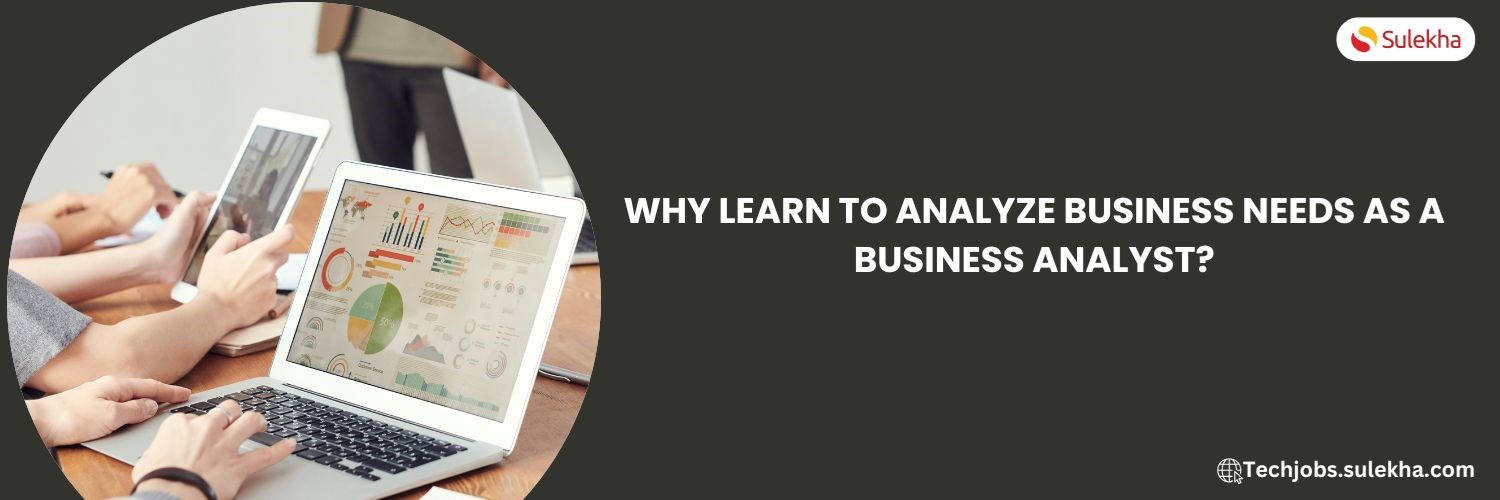
Why Learn to Analyze Business Needs and Deliver Results as a Business Analyst?
Discover the key skills of a Business Analyst, including problem-solving, stakeholder engagement, data analysis, and solution delivery, to make informed decisions and achieve business goals.

What is the importance of acquiring business requirement skills in a BA course?
Learn the technical and non-technical skills required for Business Analysts, and how Sulekha's comprehensive BA course equips you to excel in today's competitive market.

Is Business Analyst a High-Paying Job? Top Hiring Companies
Learn about the high-paying Business Analyst role, with insights on salary, job growth, top companies hiring, and how to get started in this thriving field.

Importance of data-driven decision-making in organizations
Discover the importance of data-driven decision-making in organizations, including a 6-step process to collect, analyze, and act on data to drive business success.

What is Business Mathematics?
Explore the essential role of Business Mathematics in solving financial, operational, and marketing challenges across various industries, enhancing decision-making and efficiency.

What is Business?
Explore the essential concepts of business, from its characteristics and types to its role in the economy. Gain insights into different business structures and their significance.

What is business communication?
Learn about business communication, its types, objectives, and essential aspects to enhance workplace communication. Discover effective strategies for sharing information within and outside your organization.

What Is a Business Analyst? A comprehensive guide
What is a Business Analyst? - A comprehensive guide exploring the role of a business analyst
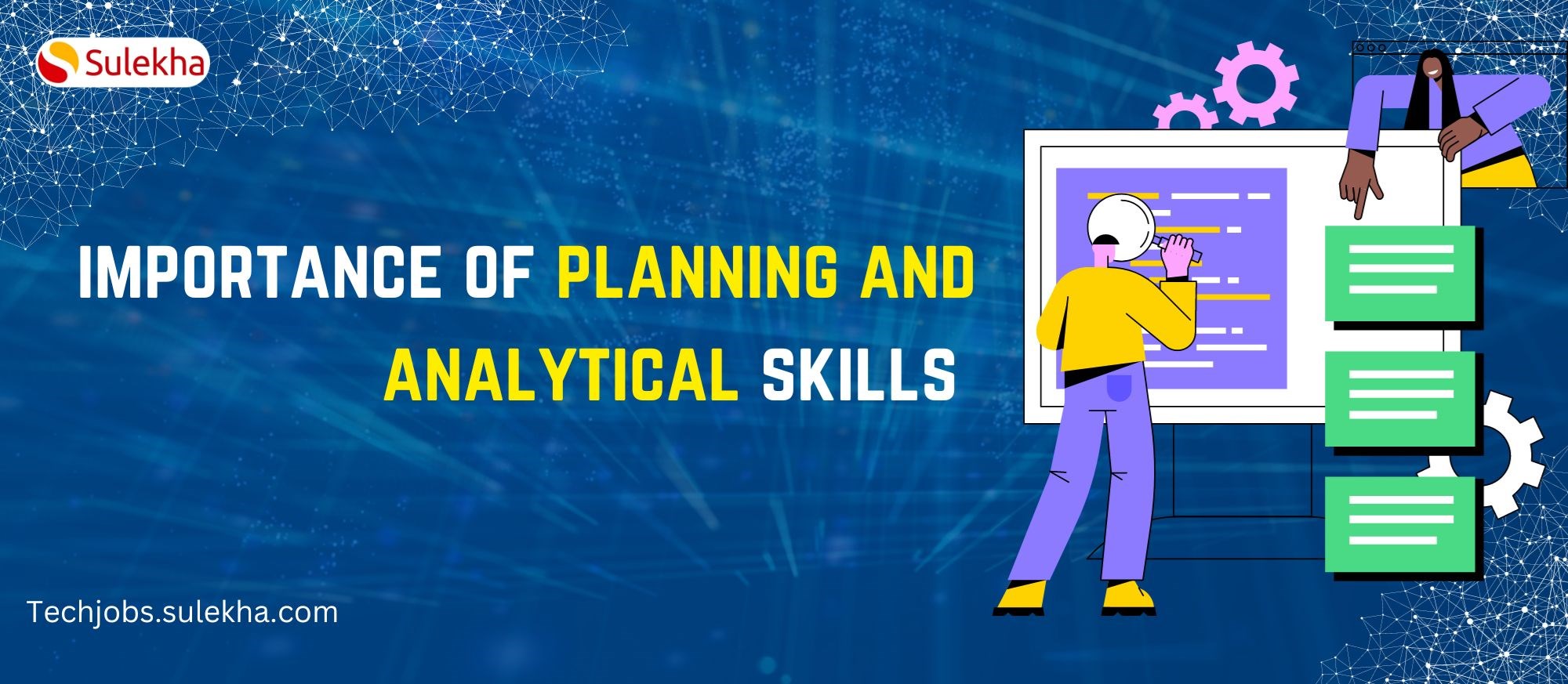
Why is it important to utilize both planning and analytical skill together?
Effective decision-making requires combining planning and analytical skills to gather insights, prioritize goals, and make informed strategic choices.

Is it possible to manage changes to requirements and designs?
Learn how to effectively manage changes to requirements and designs using a structured process that ensures stakeholder alignment and minimizes project disruptions.
Latest blogs on technology to explore

Cyber Security in 2025: The Golden Ticket to a Future-Proof Career
Cyber security jobs are growing 35% faster than any other tech field (U.S. Bureau of Labor Statistics, 2024)—and the average salary is $100,000+ per year! In a world where data breaches cost businesses $4.45 million on average (IBM, 2024), cyber secu

SAP SD in 2025: Your Ticket to a High-Flying IT Career
In the fast-paced world of IT and enterprise software, SAP SD (Sales and Distribution) is the secret sauce that keeps businesses running smoothly. Whether it’s managing customer orders, pricing, shipping, or billing, SAP SD is the backbone of sales o

SAP FICO in 2025: Salary, Jobs & How to Get Certified
AP FICO professionals earn $90,000–$130,000/year in the USA and Canada—and demand is skyrocketing! If you’re eyeing a future-proof IT career, SAP FICO (Financial Accounting & Controlling) is your golden ticket. But where do you start? Sulekha IT Serv

Train Like an AI Engineer: The Smartest Career Move You’ll Make This Year!
Why AI Engineering Is the Hottest Skillset Right Now From self-driving cars to chatbots that sound eerily human, Artificial Intelligence is no longer science fiction — it’s the backbone of modern tech. And guess what? Companies across the USA and Can

Confidence Intervals & Hypothesis Tests: The Data Science Path to Generalization
Learn how confidence intervals and hypothesis tests turn sample data into reliable population insights in data science. Understand CLT, p-values, and significance to generalize results, quantify uncertainty, and make evidence-based decisions.
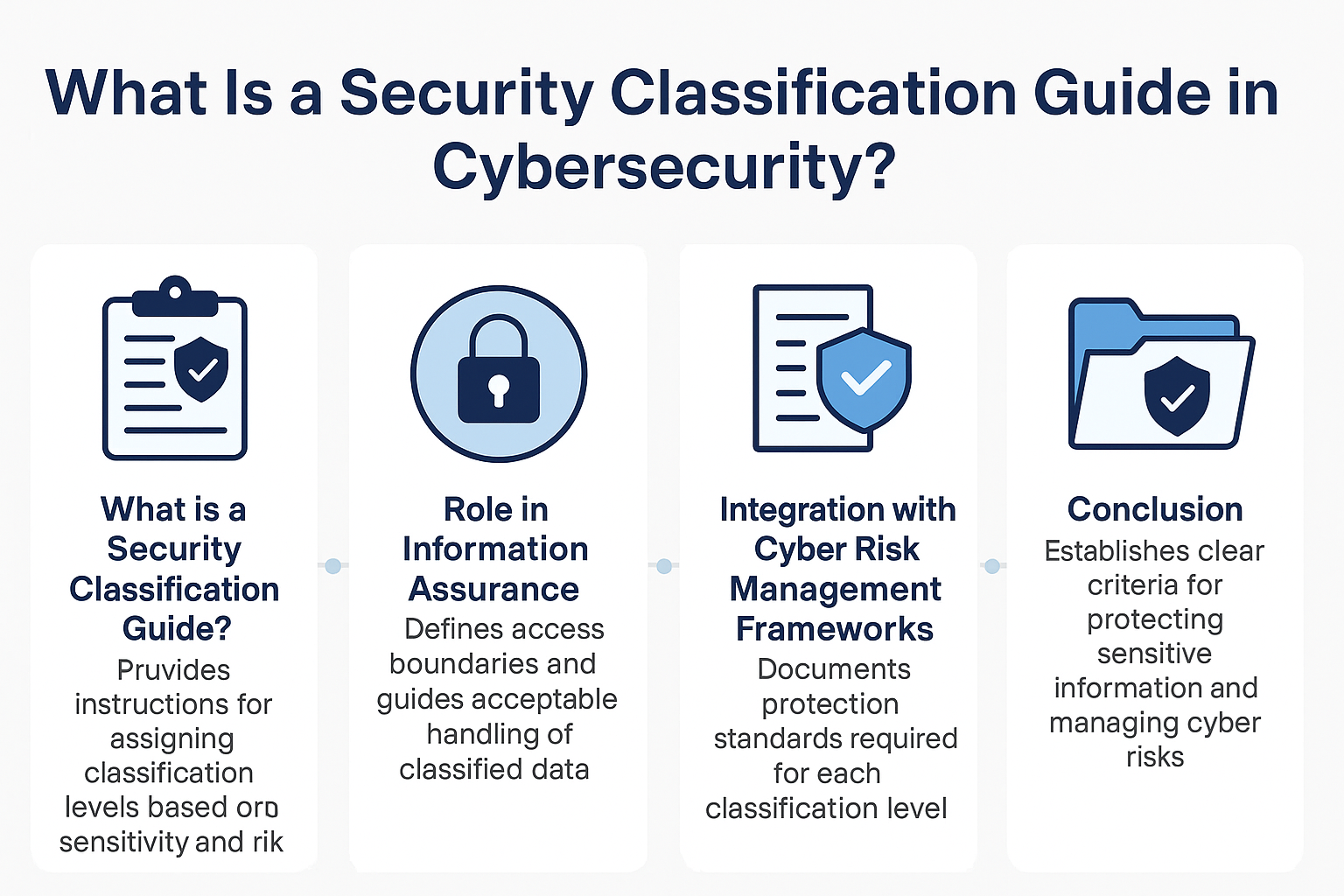
What Is a Security Classification Guide in Cybersecurity?
A Security Classification Guide (SCG) defines how to categorize information assets by sensitivity, with clear instructions from authorized officials to ensure consistent, compliant data handling.
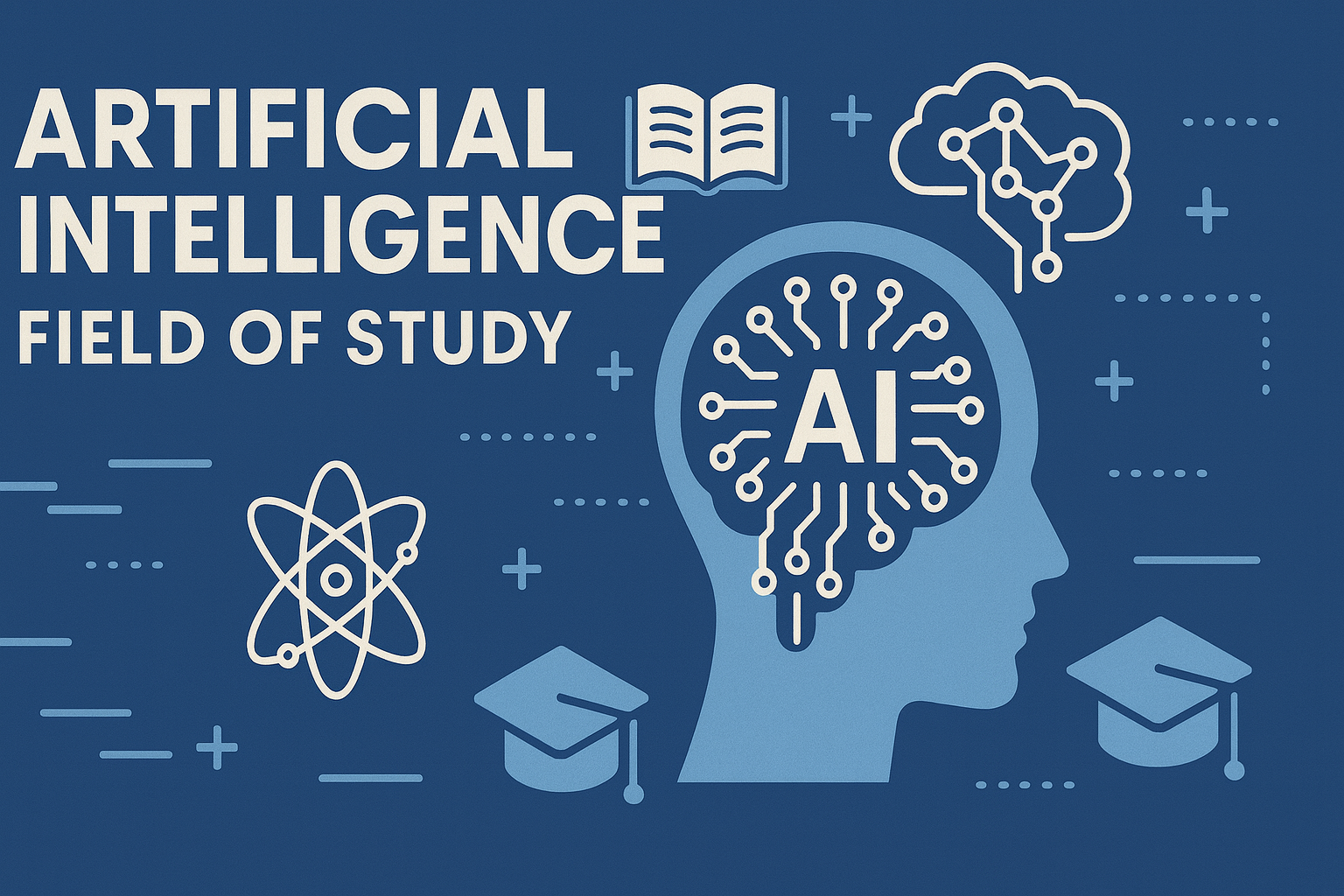
Artificial Intelligence – Field of Study
Explore how Artificial Intelligence blends Machine Learning, Deep Learning, NLP, and Computer Vision to build intelligent systems that learn, reason, and decide. Discover real world applications, ethics, and booming career scope as AI education deman

Understanding Artificial Intelligence: Hype, Reality, and the Road Ahead
Explore the reality of Artificial Intelligence (AI) — its impact, how it works, and its potential risks. Understand AI's benefits, challenges, and how to navigate its role in shaping industries and everyday life with expert training programs

How Much Do Healthcare Administrators Make?
Discover how much healthcare administrators make, the importance of healthcare, career opportunities, and potential job roles. Learn about salary ranges, career growth, and training programs with Sulekha to kickstart your healthcare administration jo
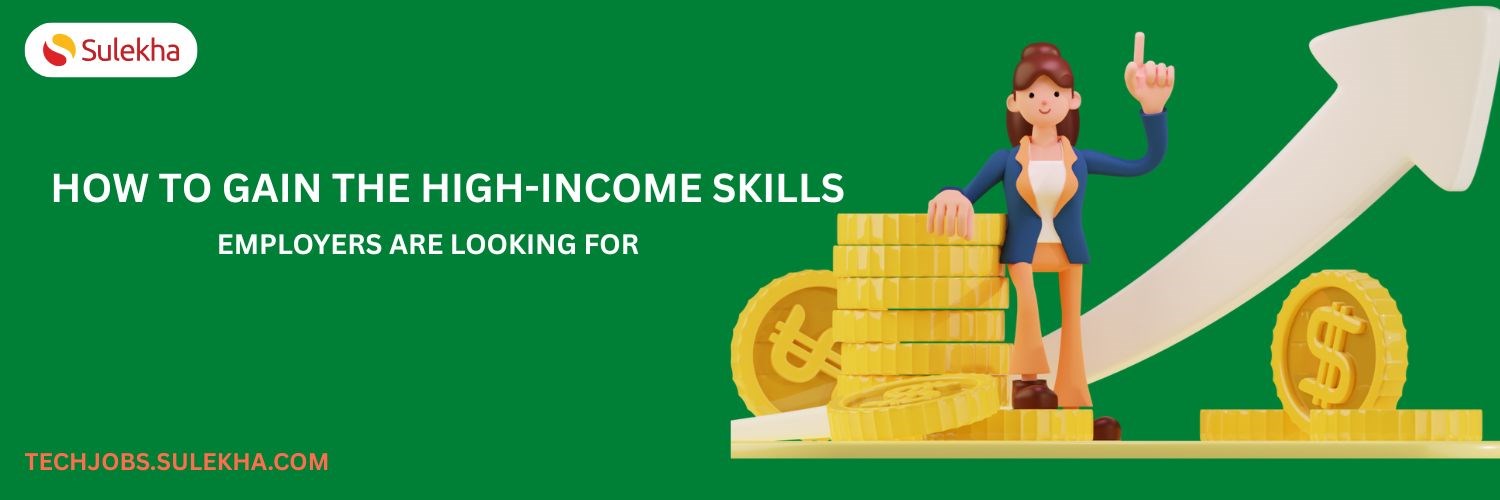
How to Gain the High-Income Skills Employers Are Looking For?
Discover top high-income skills like software development, data analysis, AI, and project management that employers seek. Learn key skills and growth opportunities to boost your career.